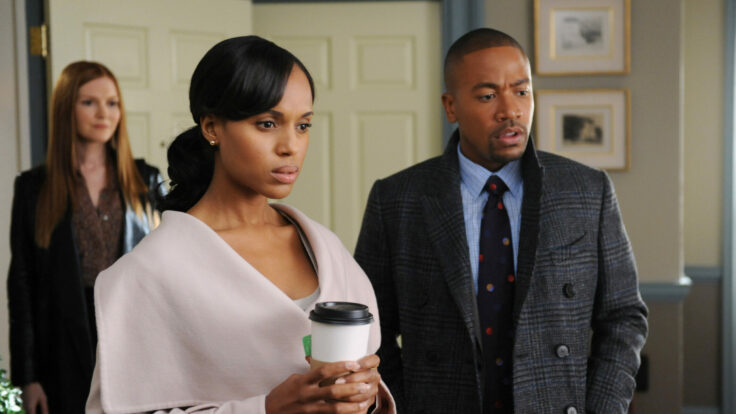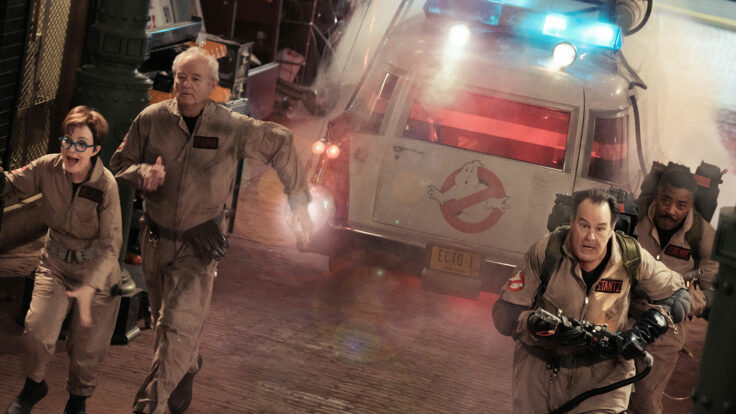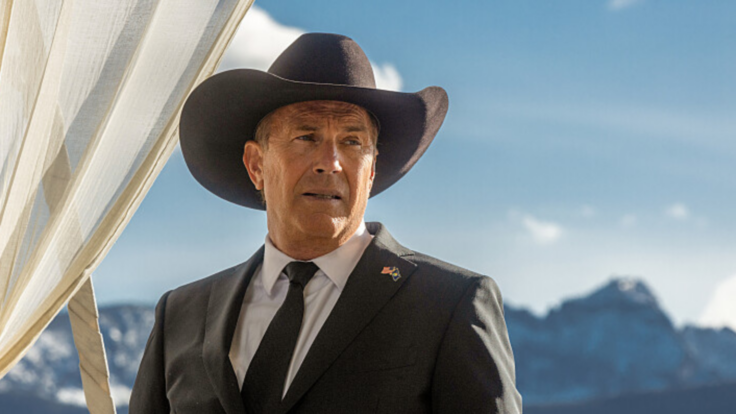Every year, in May, Jimmy Kimmel stands on a stage at Disney’s upfronts and artfully and hilariously skewers the nation’s biggest television advertisers for once again spending more money to reach fewer viewers. In 2010, he quipped that network television wasn’t losing ground to cable, but rather gaining on newspapers. In 2013, he compared broadcast TV to Apple—only in the sense that their products got smaller every year. In 2018: “Our ratings are going down and our prices are going up. Too bad, eat it!” In 2019: “You obviously have a lot of choices for how and where to throw your money away. We hope you throw your money away on us.” And this year: “Somehow, even though ratings are down, ad spending for broadcast television was up 37 percent in the first quarter of this year. How is that possible? The more viewers we lose, the more money you give us. What kind of message is this sending?”
The jokes always land, of course, because Kimmel is a uniquely talented and affable host. But as one veteran television executive told me, “every year everyone laughs and cries a little more inside.” Advertisers really do spend more money to reach fewer viewers every year, partly because they’re not exactly sure what else to do. Despite its collapse, broadcast still remains a relatively efficient and effective way to reach a lot of people. But broadcast’s reach has shrunk considerably, and continues to shrink, as streaming video devours market share and more efficient ad platforms like Facebook, Google, and Amazon expand their dominance. As several current and former television executives have told me in recent years, the moment is fast approaching when advertisers will decide that everything on television, except for live sports, is no longer worth the price of admission—and the result will be the end of broadcast as we know it. It’s a game of brinksmanship that many in the business speculate and hypothesize about daily.

















